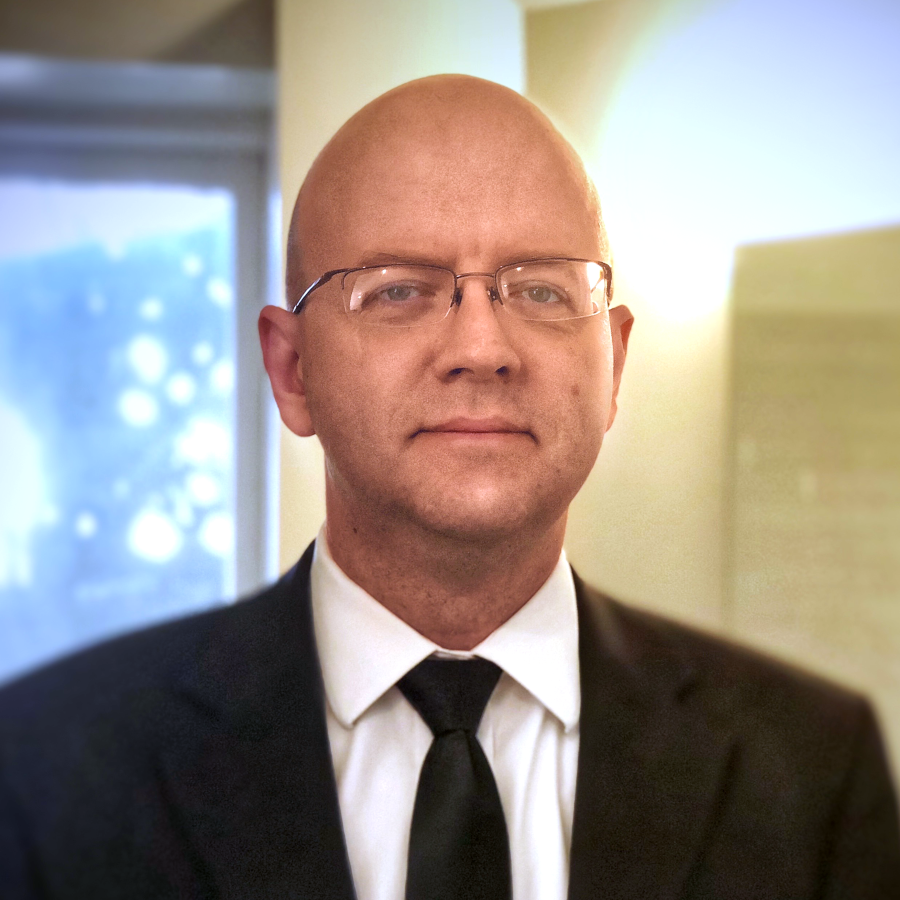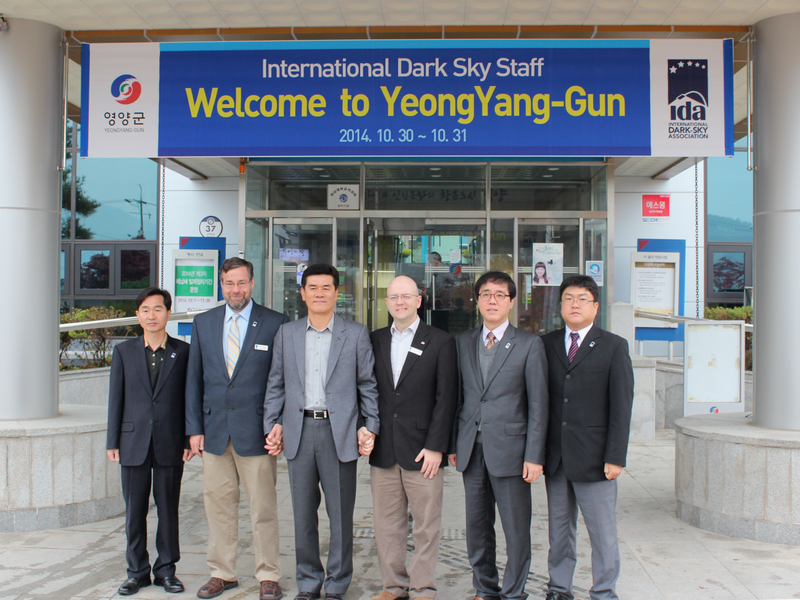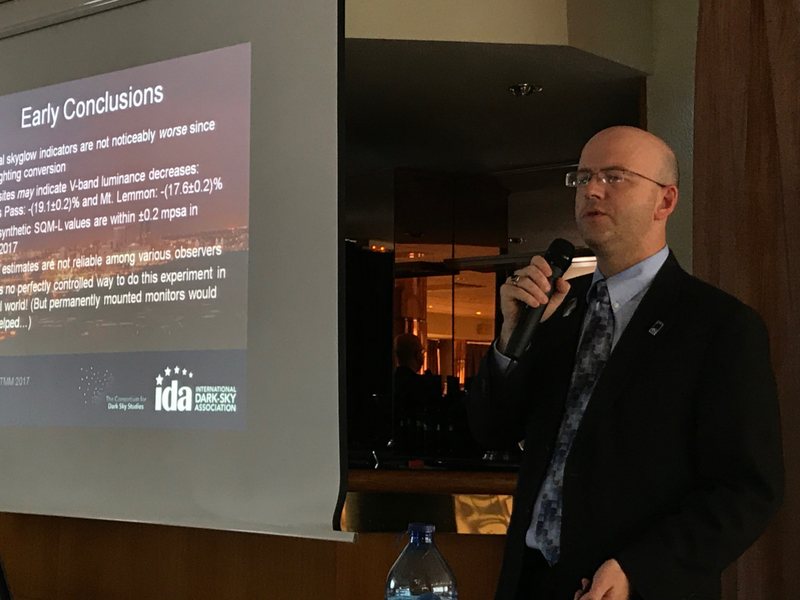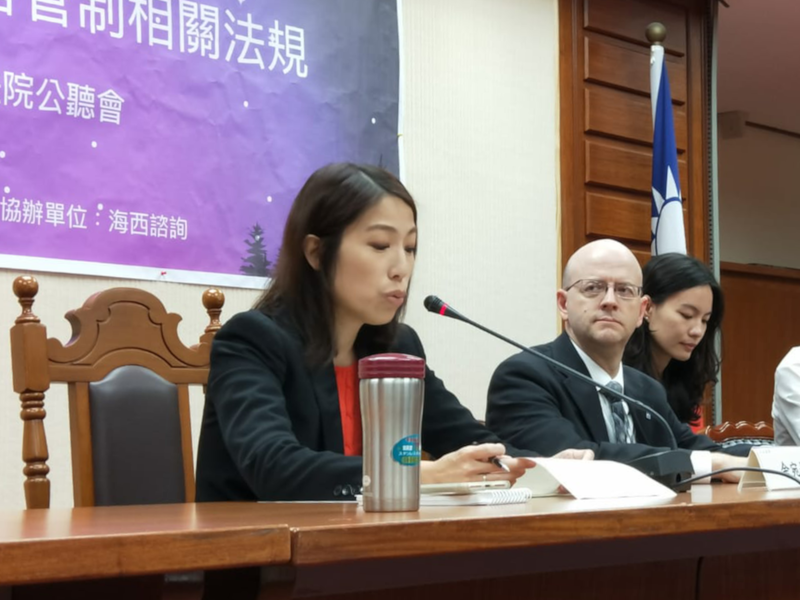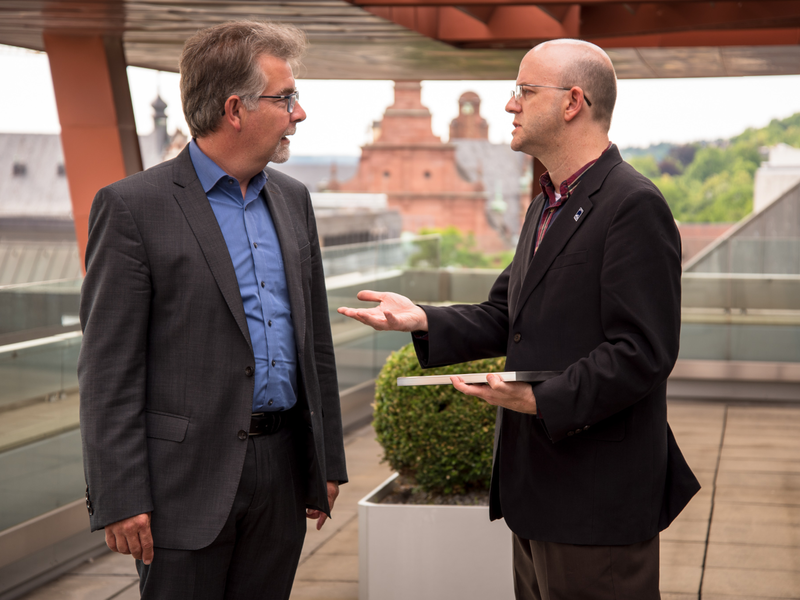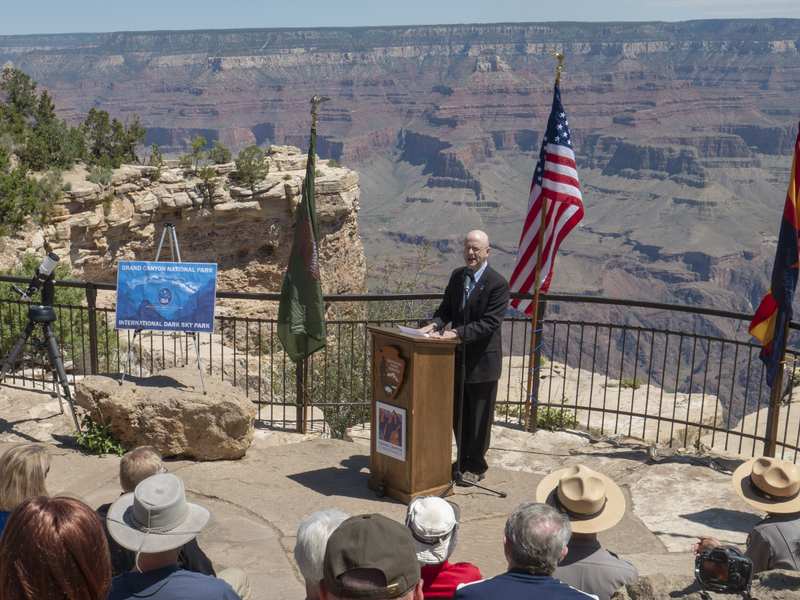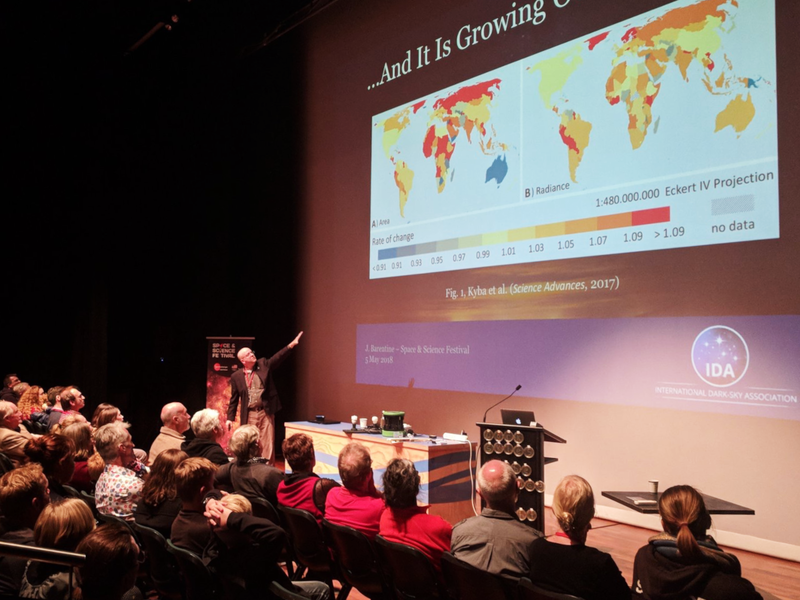John Barentine, Ph.D.John is an Arizona native and comes from the “dark side” of science — professional astronomy. He grew up in Phoenix and was involved in amateur astronomy there from grade school. Later, he attended the University of Arizona, beginning research in jobs at the National Optical Astronomy Observatories and National Solar Observatory headquarters in Tucson. From 2001-06 he was on the staff of Apache Point Observatory in New Mexico, serving first as an observing specialist on the Astrophysical Research Consortium 3.5-meter telescope and then as an observer for the Sloan Digital Sky Survey. John is the author of three books on the history of astronomy, The Lost Constellations, Uncharted Constellations, and Mystery of the Ashen Light of Venus. The asteroid (14505) Barentine is named in his honor.
He obtained a master’s degree in physics at Colorado State University and a master’s and Ph.D. in astronomy at the University of Texas at Austin. John has contributed to science in fields ranging from solar physics to galaxy evolution while helping develop hardware for ground-based and aircraft-borne astronomy. Throughout his career, he has been involved in education and outreach efforts to help increase the public understanding of science. John formerly served as the International Dark Sky Places Program Manager, Director of Public Policy and Director of Conservation for DarkSky International in Tucson, Arizona. His current and former professional memberships and affiliations include:
John's expertise in dark skies ranges widely:
|
John's recent publications
- Barentine, J., Kocifaj, M., and Wallner, S. (2023). Towards future challenges in the measurement and modelling of night sky brightness. Monthly Notices of the Royal Astronomical Society, stad3538. doi:10.1093/mnras/stad3538
- Barentine, J., Heim, J., Venkatesan, A., Lowenthal, J., Kocifaj, M., & Bará, S. (2023). Aggregate Effects of Proliferating LEO Objects and Implications for Astronomical Data Lost in the Noise. Nature Astronomy, 7, 252-258. doi:10.1038/s41550-023-01904-2
- Barentine, J. (2022). Night Sky Brightness Measurement, Quality Assessment and Monitoring. Nature Astronomy, 6, 1120-1132. doi:10.1038/s41550-022-01756-2
- Barentine, J., Heim, J., Venkatesan, A., Lowenthal, J., Vidaurri, M. (2022). Re-imagining Near-Earth Space Policy in a Post-COVID World. Virginia Policy Review, 15(1), 58-86. doi:10.5281/zenodo.6903582.
- Kocifaj, M., & Barentine, J. (2021). Air pollution mitigation can reduce the brightness of the night sky in and near cities. Nature Scientific Reports, 11:14622. doi:10.1038/s41598-021-94241-1.
- Barentine, J., et al. (2021). A Case for a New Satellite Mission for Remote Sensing of Night Lights. Remote Sensing, rs13122294. doi:10.3390/rs13122294.
- Barentine, J. (2020) Who speaks for the night? The regulation of light pollution in the ‘Rights of Nature’ legal framework. International Journal of Sustainable Lighting, 22(2), 28-36.
- Barentine, J., et al. (2020). Recovering the city street lighting fraction from skyglow measurements in a large-scale municipal dimming experiment. Journal of Quantitative Spectroscopy and Radiative Transfer, 253, 107120. doi:10.1016/j.jqsrt.2020.107120.
